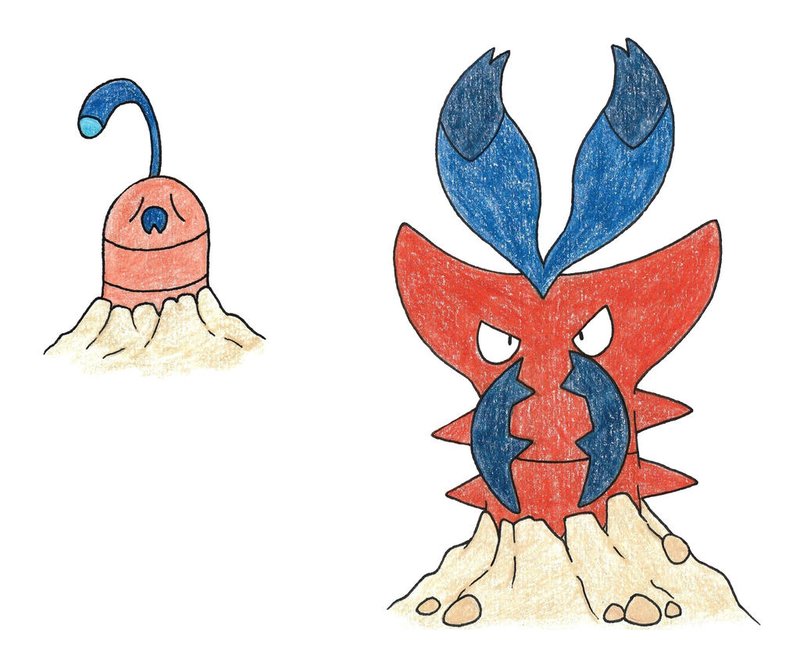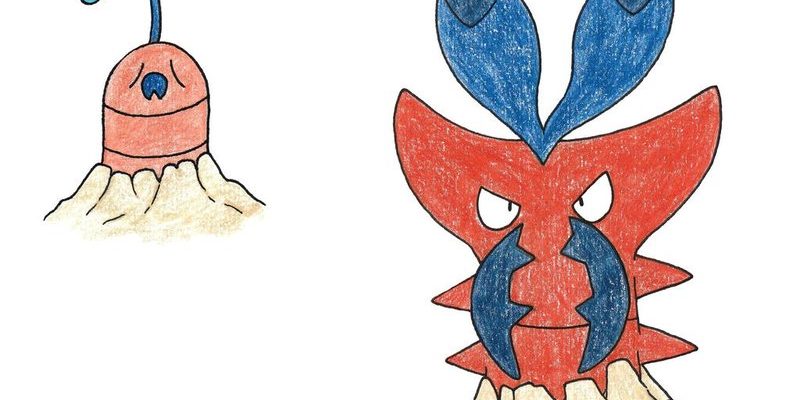
Think of your aquarium like a bustling neighborhood. Some residents get along just fine, while others can wreak havoc on each other. Knowing which fish and invertebrates to avoid can save you from a headache—and a heartbreaking scene. In this article, we’ll dive into the tankmates you should steer clear of to keep your aquatic community thriving, especially if there’s a chance of a Bobbit worm in the mix.
Understanding Bobbit Worms
Bobbit worms belong to the *Eunice* family and are known for their impressive camouflage and ambush tactics. These worms usually bury themselves in the sand, leaving only their heads visible—like a hidden predator waiting for the right moment to strike. When a fish or shrimp ventures too close, the Bobbit worm can whip out its powerful jaws and snag its prey within seconds.
While they play a role in their natural habitat, in a home aquarium, they can be deadly for smaller fish and invertebrates. If you suspect you have one, it’s essential to identify potential tankmates that could fall victim to them.
Fish Species That Are Easy Targets
If you have a Bobbit worm in your aquarium, some fish are more vulnerable than others. Small, slow-moving fish are prime targets for these sneaky predators. Here are a few species to keep out of your tank:
- Clownfish: These little guys aren’t known for their speed or agility. They stick close to anemones, making them easy prey.
- Cardinalfish: With their small size and tendency to hide, cardinalfish can easily fall into the trap of a Bobbit worm.
- Gobies: Generally small and bottom-dwelling, gobies are also at risk as they explore crevices and sandy areas.
It’s important to remember that the Bobbit worm’s ambush tactics make any unsuspecting fish an easy target. Therefore, when choosing tankmates, opt for faster, larger fish that can evade its grasp.
Invertebrates You Should Avoid
When it comes to invertebrates, it’s crucial to be selective. Bobbit worms are known to feast on shrimp and other small critters, so it’s wise to keep these species away from your setup:
- Cleaner Shrimp: Not only are they small, but they’re also often found scuttling along the substrate, making them an easy snack for a hungry Bobbit worm.
- Snails: Similar to shrimp, smaller snails can be at risk due to their slow movements and soft bodies.
- Crabs: Small crabs that stay near the bottom can be ambushed by the worm, especially if they’re not quick to escape.
If you want a lively invertebrate community, consider larger or more mobile species that can better evade the Bobbit worm’s deadly jaws.
Reef Fish That Are Too Small
In a reef setup, many fish species might seem like good companions, but some are far too small to coexist safely with a Bobbit worm. Here are a few to keep in mind:
- Mandarinfish: These beauties are small, slow, and often found at the bottom—ideal prey for a lurking Bobbit worm.
- Firefish: While stunning to look at, firefish are not very quick and can easily get caught off-guard.
- Pyjama Cardinals: These peaceful fish are as sweet as they are vulnerable, making them an easy target in the tank.
Choosing slightly larger or more agile reef fish can provide a much safer environment for your aquatic friends and reduce the likelihood of unfortunate encounters.
Tank Conditions That Attract Bobbit Worms
Now, it’s essential to discuss how Bobbit worms might end up in your tank in the first place. These worms typically come in via live rock, sand, or even from contaminated water sources. To minimize the risk of introducing them, make sure your tank conditions are maintained properly:
– Clean Live Rock: If you buy live rock, inspect it thoroughly before adding it to your tank. Look for signs of Bobbit worms or any other unwanted hitchhikers.
– Quality Substrate: Use high-quality substrate and avoid adding sand from unknown sources, as it may carry these lurking predators.
– Regular Maintenance: Keep up with tank maintenance and regularly clean your substrate and decorations to provide a less inviting space for Bobbit worms.
Proper tank upkeep can help you avoid uninvited guests and keep your aquarium peaceful and happy.
Signs of a Bobbit Worm Infestation
If you suspect that a Bobbit worm might be in your tank, look out for specific signs. Here’s what to keep an eye on:
– Missing Fish or Invertebrates: If you suddenly notice that some of your tank’s residents are unaccounted for, it might be a red flag.
– Unexplained Aggression: Sometimes, fish may appear unusually stressed or aggressive, which could indicate a hidden predator.
– Visible Worms: Finally, if you spot a long, segmented worm peeking out from your substrate, it’s a clear indication that you have unwelcome company.
If you observe any of these signs, it may be time to take action and either remove the worm or rehome your vulnerable tankmates.
In summary, if you suspect a Bobbit worm lurking in your tank, it’s crucial to be mindful of your tankmates. Avoid smaller, slower fish and delicate invertebrates that can easily become prey. By choosing more resilient aquatic friends and maintaining clean tank conditions, you can create a healthier community for everyone.
Remember, aquariums can be delicate ecosystems, and understanding who can coexist peacefully is key to your success as an aquarium keeper. With the right choices, you’ll ensure a happy, thriving aquarium that’s safe from potential predators like the Bobbit worm.

